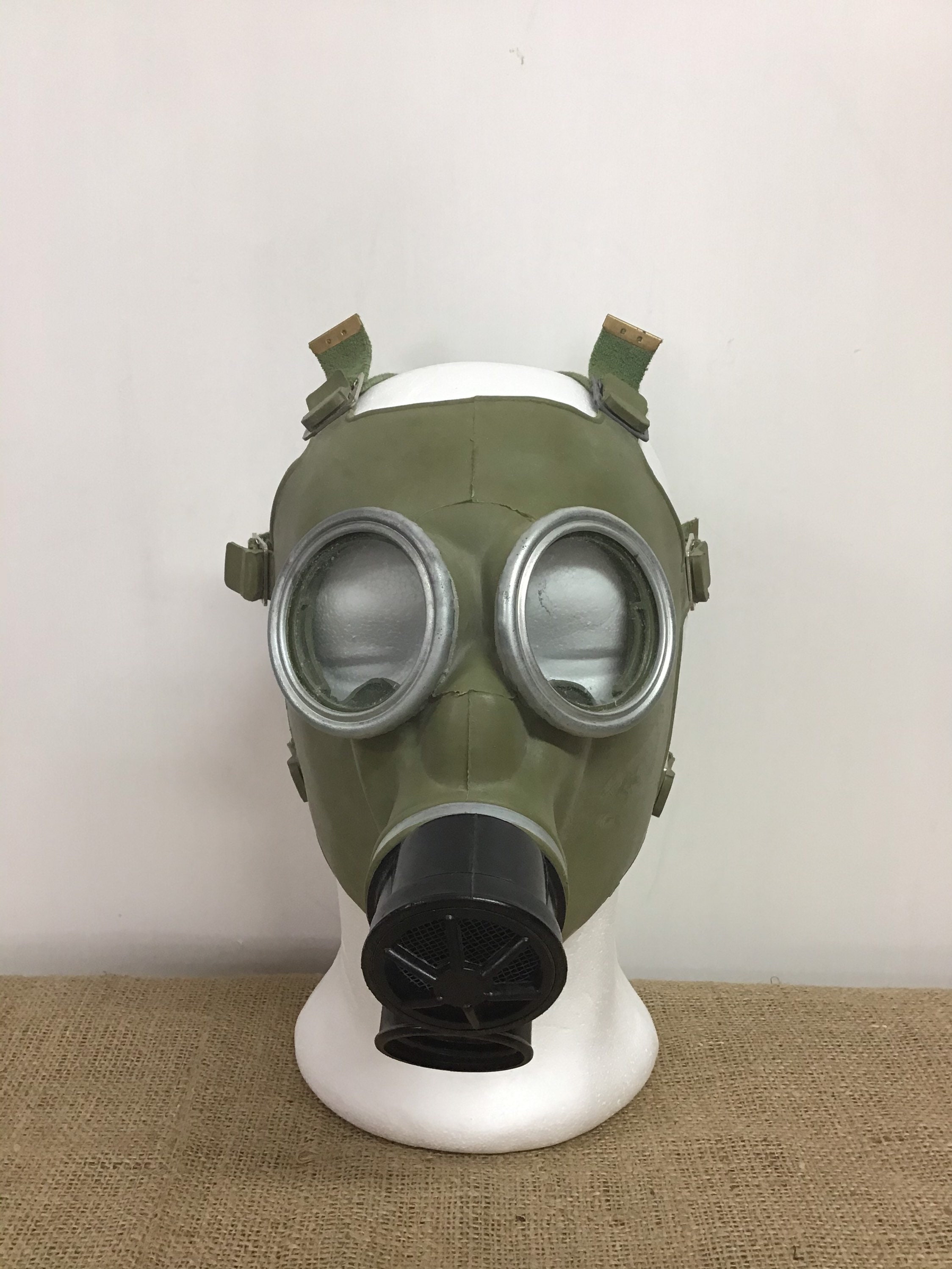

No German officer was stupid enough to carry his sword into battle by this stage of the war, yet Strelets continue to insist on providing their officers with this weapon, as they have done here. It should, and does, have a bipod, but this is solid and crude, so again not a good model. The third figure in the last row carries not a rifle but the MG 08/15, a 'lightened' version of the excellent MG 08 machine gun. Detail is chunky and largely lacking on items such as rifles, while the poses are fairly standard and rather flat. The masks avoid any issues with faces, but some hands disappear entirely, as do some straps and belts.

Unusually for Strelets some of the figures have a noticeable ridge where the moulds met, but the standard of sculpting generally is what we would expect from this manufacturer. Other items too are exaggerated, while bayonets and entrenching tools are also truncated, but in general the kit looks OK. This has happened here with the ammunition pouches, of which there is only room for two on each side rather than the historically accurate three. However Strelets always struggle with small items, and generally make them bigger than they should be. The greatcoat is single-breasted (apart from that of the officer) and is accurate, as is most of the kit. The other indicator, the metal cylinder in which the gas mask was kept, is also worn by most here and again appeared during 1916. The Model 1916 steel helmet, which started appearing in numbers in early 1916, is worn by everyone here, so these men are broadly appropriate for the second half of the war. All are wearing a greatcoat, which obscures the rest of their uniform, so for dating purposes we have just two elements to consider. Add to that the vagueness of Strelets sculpting and we can confidently say that the men in this set could be wearing any of these masks.

The three major types of mask mentioned above have another similarity that is useful to us they all look more or less the same at this sort of scale. Up until now such masks have only appeared on a handful of German figures, so this is the first set to be dedicated entirely to this particularly unsettling subject.
CRUDE GAS MASK WW1 PLUS
All these masks were similar in that they were made up of a rubberised cloth face with two windows for vision plus a filter cylinder that was screwed on. A combination of technical improvements and difficulties in obtaining materials brought in first the Rahmenmaske and then the Ledermaske.

While Germany had been one of the leaders in developing irritant and poisonous gas attacks, it did not have a particularly reliable gas mask until late 1915, when the Linienmaske began to be issued. The first gas masks had been crude and not particularly effective, and there was always the risk that you wouldn’t be able to put the mask on properly before being overwhelmed. One of the most notable gas masks used during WW1 was the British Small Box Respirator or SBR designed in 1916 and the German GM-15 mask.All the major combatants of World War I used gas at one time or another, and for most soldiers injury or death by gas was feared much more than by the bullet or shell. The allies soon added filter drums to their respirators as well. Finally, towards the end of the war the in 1916, the Germans added larger air filter drums to their respirators containing gas neutralizing chemicals. The hood fitted the head to the shoulders and had a mica window. It had a wool flannel hood entirely soaked in a solution called the Hypo solution, which was a mixture of sodium hyposulfite, sodium bicarbonate and glycerine. The result was the 'British Hypo Helmet' or, officially, the 'British Smoke Hood'. Next, since there were limitations of the Black Veiling Respirator it focused British attentions on a more effective and operationally practical replacement. After the first gas attacks by the Germans the British made crude masked made of cotton and a long cloth that was dipped in a solution of bicarbonate of soda (known as the black veil).


 0 kommentar(er)
0 kommentar(er)
